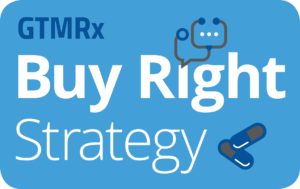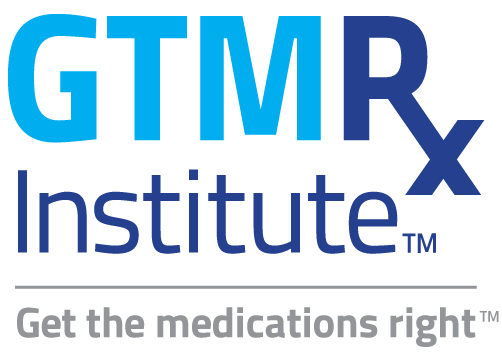 Katherine H. Capps
Katherine H. Capps
Executive Director
GTMRx Institute
Part 1 of a three-part series for employers to lower costs and improve outcomes by getting the medications right.
July 17, 2019
In the past week alone, we’ve seen all three branches of the federal government—the courts, the administration and Congress—engaged in efforts to lower medication prices. As a former employer health coalition leader, I know that this is familiar territory for employers, especially self-insured employers like those we presented to on an ERISA Industry Committee (ERIC) webinar yesterday. We’ve struggled for years to rein in the prescription drug spend. We’ve tried step therapy, tiered co-payments and contracting with health plans and PBMs for formulary management and adherence programs—with mixed success, at best.
With precision medicine on our doorstep, it’s time to get the economics around medication use right. We’re just starting to taste the benefits of personalized, targeted therapy by leveraging advanced and complimentary diagnostics and a host of incredibly innovative and life-altering medication discoveries. These are life-changing therapies attached to big price tags.
And yes, price matters, but if we really want to get beyond incremental improvements in managing medication costs, there’s something that matters more than tinkering with pricing.
It’s time that we all asked ourselves a simple, but salient question: Is this the right medication for this person?
Underlying this question is a central truth: Medication use should not be based on a trial-and-error process.
The right medication for this person is determine by a constellation of factors:
- The patient’s clinical status;
- The physician-defined goals of therapy;
- The patient’s ability to metabolize the medication;
- Other drugs they’re taking; and
- The patient’s understanding of how and when to take medications.
The answer to this one, simple question is a person-centered approach to medication use that relies on access to a medication expert who can identify all drug therapy problems. We need an expanded, comprehensive view of medication therapy management that allows for a systematic approach to medication use.
This is not about adherence alone. Adherence to the wrong medication helps no one. Adherence is only part of optimizing medication use.
As I told the Public Sector Healthcare Roundtable at the end of June, we need new rules of engagement. Providers can’t make safe, effective decisions around which drugs are appropriate without knowing if the patient is physically, mentally and financially able to take a medication; OR what other prescription and nonprescription medications they may be taking; OR whether the drug will be effective as evidenced by appropriate pharmacogenomic testing; AND whether the desired clinical outcomes are actually being achieved during periods between scheduled physician visits.
Going after big opportunities like this takes guts and political will. But the time is ripe for big change—just look at the past week’s headlines.
We’re talking about delivery system change that requires changing provider behavior. And that isn’t achieved by any single organization, or even a single stakeholder group. It takes all of us pulling on the same rope. It takes evidence that a systematic approach works.
Thanks to the work of many stakeholders across health care, including employers, we know where the savings opportunity lies and how this model is already working. In two weeks, we’ll talk about leveraging this system to save lives and save money.


